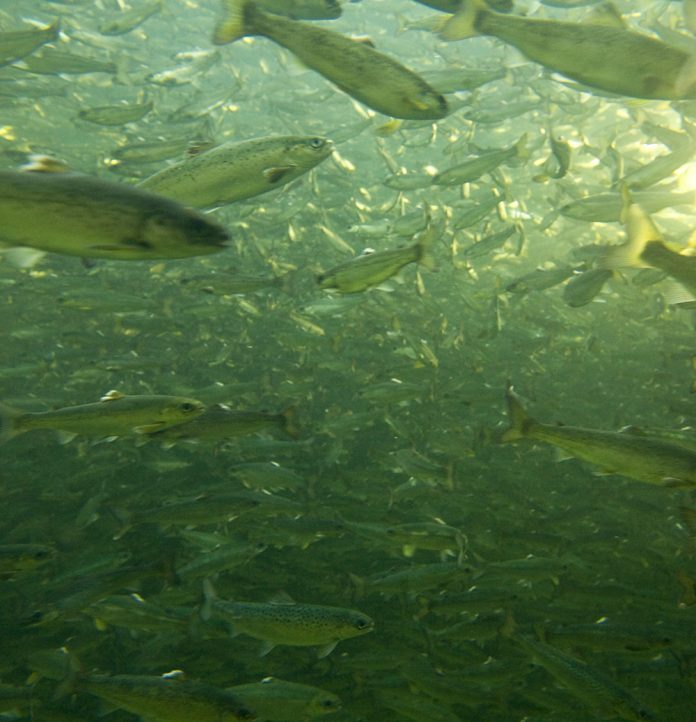A Code of Containment and insurance appear to have made escapees a forgotten conversation
Though spiked by occasional mass escapes in Canada, Scotland and Norway, numbers of escapee Atlantic salmon have come down to “negligible” lost value for business, judging by improved national runaway fish reporting for year-end 2017.
Had all of the Northern Hemisphere’s lost Atlantics of 2017 (2016 for Canada) made it to market for Christmas at 6 kilograms they’d have had a market value of just EUR 200,000 for all 38,636 of them (at highest Christmas 2017 prices). That’s the value of “lost” salmon if spread among salmon-farmers working the world’s three northern salmon provinces.
So, the lost business is of little consequence, and the biomass is insured. Escapee disaster, when it strikes, is an environmental matter, alone. “They’re all insured,” a RAS proponent told a rival publication of SalmonBusiness’.
While Atlantics escaping off the B.C. coast are said to “not interbreed”, and those off Eastern Canada “do not compete well”, the fate of Scottish wild-farmed relationships still causes alarm for the lack of science afforded the general public. In Norway, improving regulation is trying to keep farmed Atlantics away form wild migrating schools, in-line with moves elsewhere.
In Canada, where a Code of Containtment has contained losses via training and farm-design specs, an incomplete view of recent numbers blurs the current picture, but in 2016 just 22 Atlantic salmon escaped — all of them in B.C. — from two farms. Those were Canada’s tally of lost fish, from coast-to-coast, if we’re to believe the Atlantic Canada numbers.
“The implementation of these escape prevention initiatives has allowed finfish production to increase while reducing the number of annual escape events,” a statement from The Canadian Aquaculture Industry Alliance stated. We asked for comment but got the statement. Newfoundland, for one, put 5.4 million smolt in pens in 2015 and lost zero fish.
Scotland and Canada both report “equipment tearing holes in nets”, “human error”, “improper use of equipment” and “weather” as the top causes of fish breakouts.
In Scotland, 28,614 escaped Atlantic salmon so far this year is a tenth of the escapee numbers of 2015, when The Scottish Salmon Co.’s Scada Bay grow-out was pounded by bad May weather until it released 300,000 fish of 625 grams.
The Scada Bay losses alone would have fetched EUR 1.58 million this Christmas. Then there were the 17,398 lost at Bloody Bay, a Scottish Sea Farms operation outfit owned by Salmar and Leroy, and at Geasgill More, where 11,040 yearlings were lost: total “recoverable” financial losses for both of these would have been EUR 100,000 million and EUR 58,300.
In Norway, there’s little talk of escapees. Company self-reporting puts 2017’s numbers at 10,000 marauding Atlantics, a far cry 2016’s reported 128,000 escapees worth (at Christmas 2017 prices for 6 kg fish) NOK 6.6 million or the 920,000 of 2006. Those ’06 escapees would have been an insurable NOK47.8 million this Christmas.


